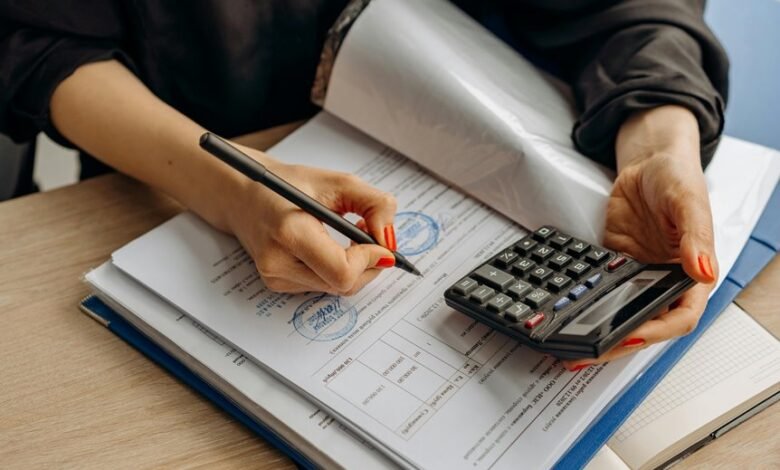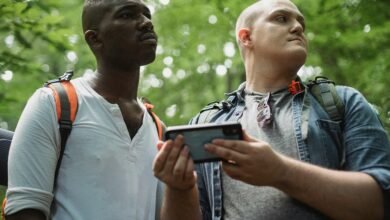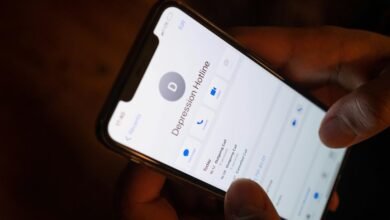Who Called Me From 3854774827, 3855463073, 3862691047, 3865648082, 3867421928, and 4012525414? Verify Now

Unknown calls can pose significant risks, often linked to scams and fraudulent activities. The numbers 3854774827, 3855463073, 3862691047, 3865648082, 3867421928, and 4012525414 warrant scrutiny. Understanding the nature of these calls is crucial for safeguarding personal information. Verification methods exist, yet many remain unaware of their effectiveness. What steps should individuals take to protect themselves from potential threats? The answer lies in exploring the nuances of caller identification and prevention strategies.
Understanding the Caller ID and Its Importance
Caller ID serves as a crucial tool in modern telecommunications, providing users with essential information about incoming calls.
This caller identification technology enhances user autonomy by enabling informed decisions regarding call acceptance.
However, privacy concerns arise, as the collection and display of caller data can expose sensitive information.
Balancing user freedom with data security remains a pivotal challenge in the ongoing evolution of telecommunications.
Common Scams Associated With Unknown Numbers
The proliferation of unknown numbers has given rise to a variety of scams that exploit the uncertainty associated with unidentified callers.
Common scam tactics include impersonation, where callers pose as officials or service providers, and phishing attempts, aiming to extract personal information.
Caller motivations often revolve around financial gain, leveraging fear or urgency to manipulate victims into compliance, thereby highlighting the need for vigilance.
How to Verify Unknown Calls and Protect Yourself
As scams proliferate alongside the rise of unknown numbers, understanding how to verify calls becomes paramount for consumer protection.
Utilizing call blocking features and dedicated phone apps can enhance security by identifying or screening dubious calls.
Moreover, researching unfamiliar numbers online and reporting suspicious activity to authorities reinforces personal defenses, empowering individuals to maintain autonomy against potential fraud and unsolicited contact.
Conclusion
In a world where technology connects and isolates, the unknown caller often embodies both opportunity and risk. While a legitimate inquiry may emerge from an unfamiliar number, the shadow of potential scams looms large. By juxtaposing vigilance with curiosity, individuals can navigate these calls wisely. Verification tools and awareness transform uncertainty into informed decisions, allowing one to distinguish between genuine outreach and deceptive schemes. Ultimately, safeguarding personal information becomes a balance of discernment and openness to communication.




